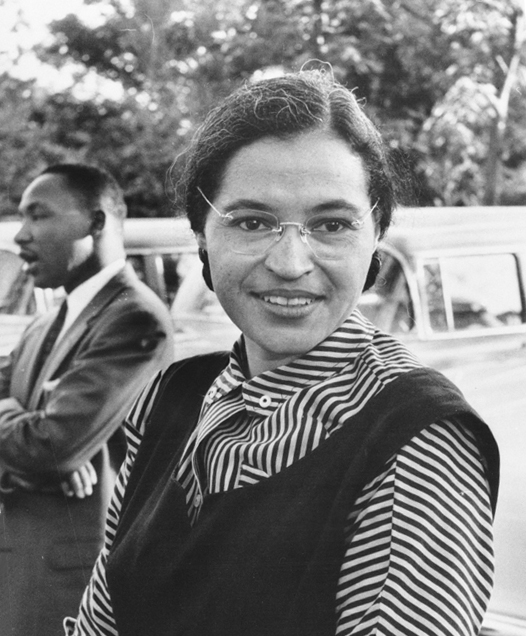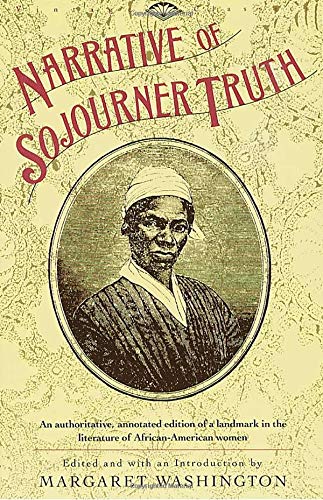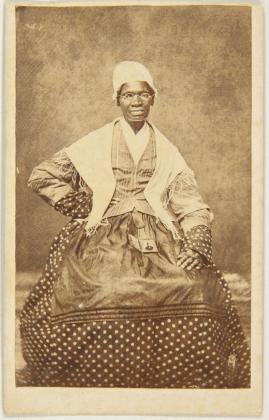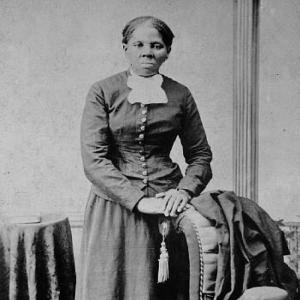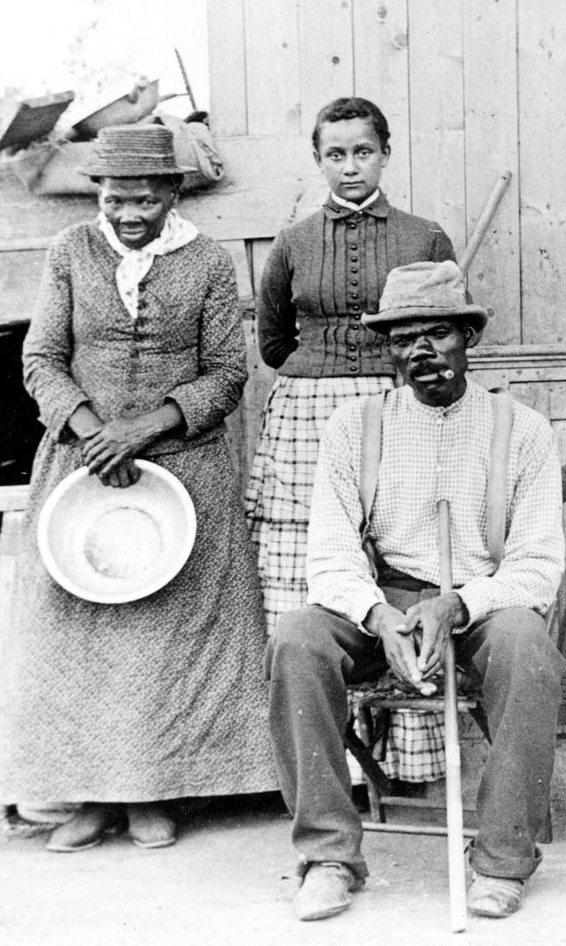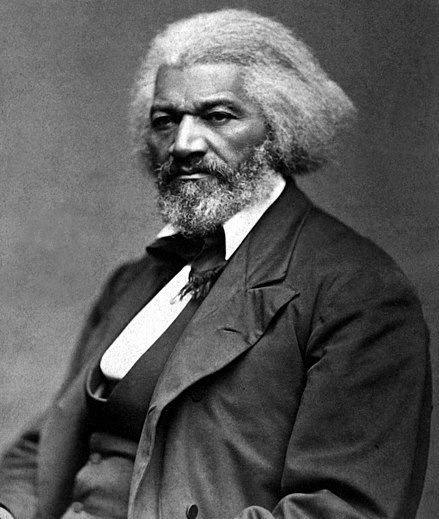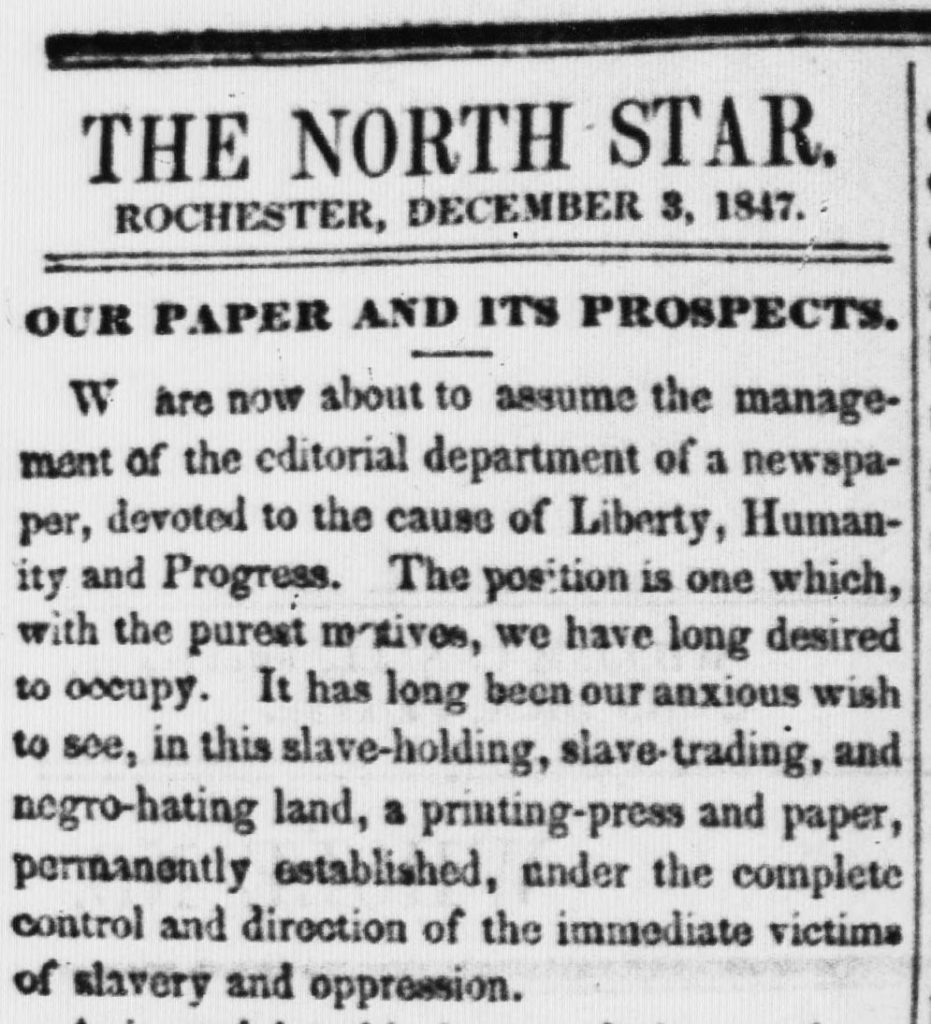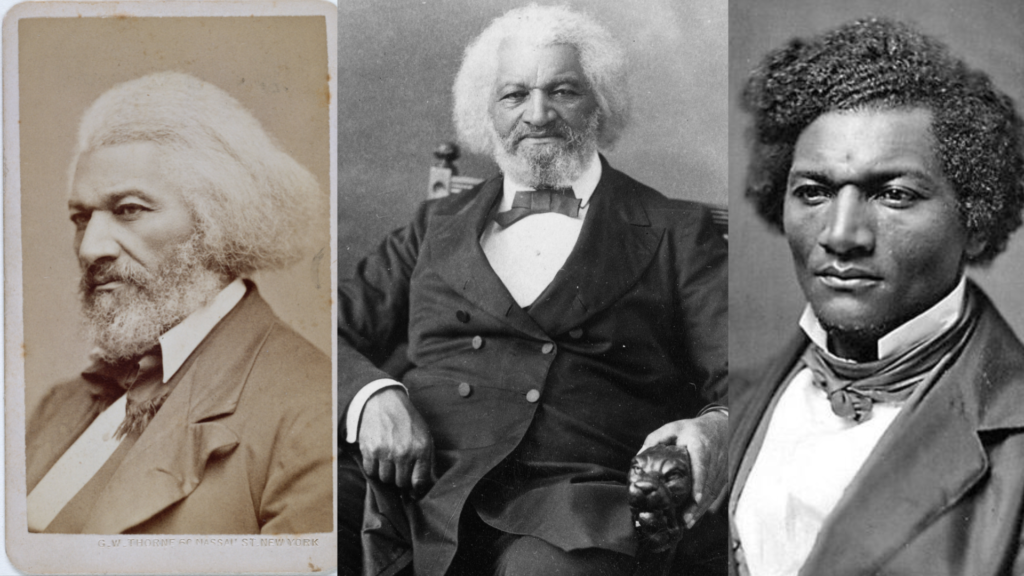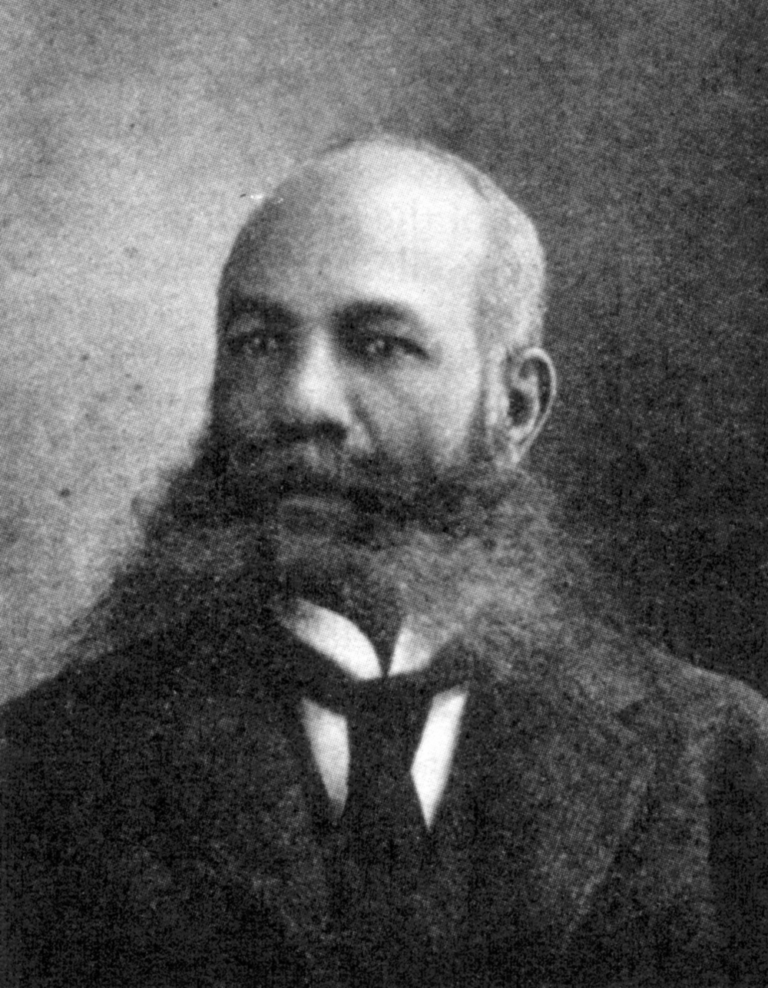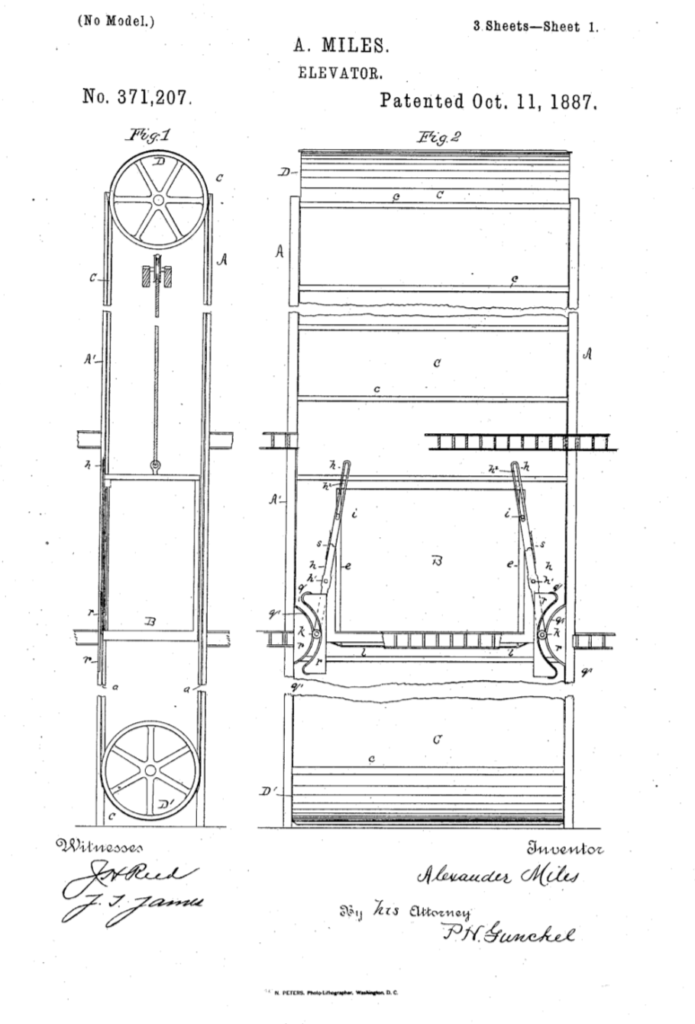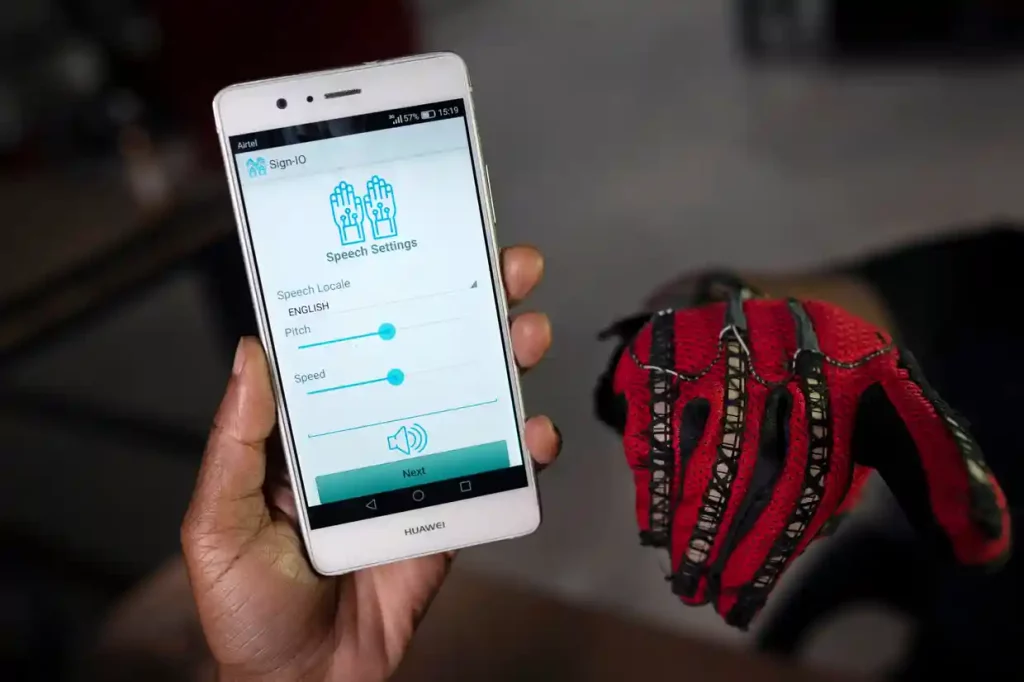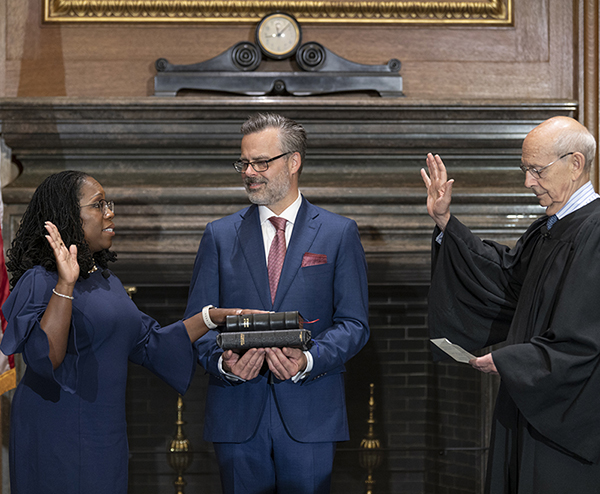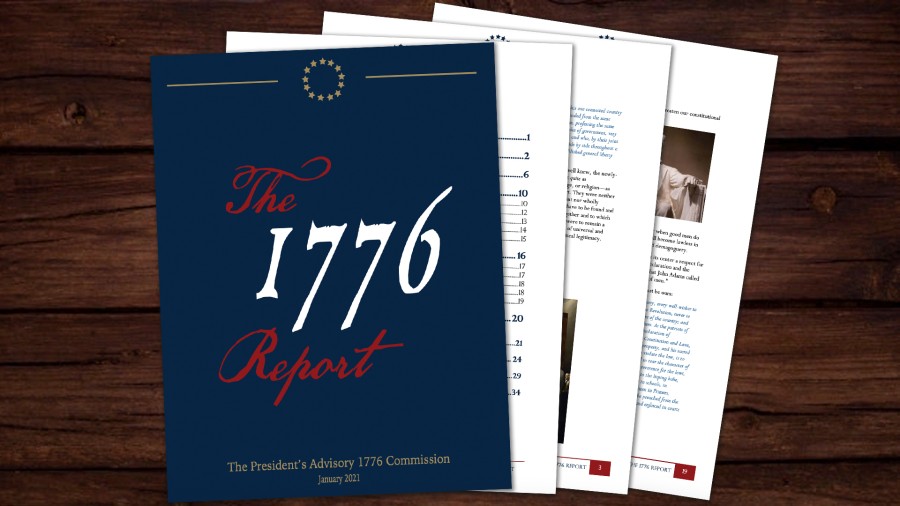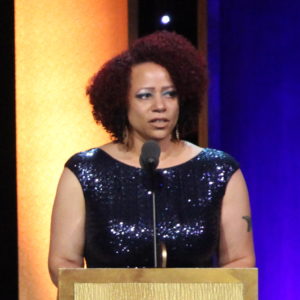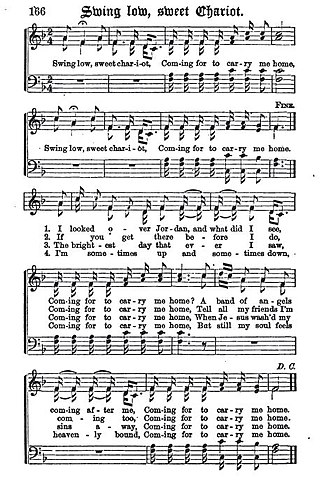Introduction
Rosa Parks is remembered most for refusing to give up her seat on a bus to a white passenger; her disobedience led to a boycott of the Buses in the entire city. The Civil Rights Movement in America is often associated with Rosa Parks.
While not the first to oppose Montgomery’s segregation laws, Rosa Parks gained the most notoriety. As a result of her resistance, she became a representative of the Civil Rights Movement and was given the moniker “Mother of the Civil Rights Movement.”
Even while Parks is best remembered for her involvement in the bus boycott, there are many other, less well-known aspects of her life and career that are equally remarkable. Here are 18 little-known facts about Rosa Parks that will wow you.
1. She was born in Tuskegee, Alabama, in 1913.
She was born Rosa Louis McCauley. In addition to having African heritage, Parks had Scots-Irish great-grandfathers and part-Native American great-grandmothers.
2. Her mother was a teacher, and her father was a carpenter.
She was born to parents Leona Edwards and James McCauley. Her mother worked as a teacher, and her father as a carpenter. When her parents eventually divorced, her mother took her and her brother to Pine Level, Montgomery, Alabama, with her. Rosa spent the remainder of her youth on the farm owned by her grandparents.
3. Parks graduated from high school in 1933.
Parks attended the local school for African Americans, operated by the Tuskegee Institute. Parks left school at 16 to care for her sick grandmother, but at the prompting of her husband, she returned at 19.
In late 1933 or early 1934, Rosa Parks completed high school. Only 7% or fewer Blacks graduated from high school during that time. Rosa Parks attended the Montgomery Industrial School through her eighth-grade year. At that point, she transferred to a laboratory school, a high school administered by the Alabama State Teachers College for Negros, where she remained until her junior year.
4. She married at the age of 19

In 1931, she married Raymond Parks, a barber who was also active in the Civil Rights Movement. She then changed her name to Rosa Parks. He was actively working to eradicate racism. The couple collaborated with a variety of social justice organizations.
5. Rosa Parks joined the NAACP and began working on cases of racial discrimination.
In 1943, Parks joined the NAACP. Throughout the 1960s, Parks stayed active in the civil rights movement and assisted with investigating the 1967 racial riot in Detroit that claimed the lives of three Black adolescents.
6. In 1955, she was arrested for refusing to give up her bus seat to a white person.
Park wasn’t seated in a spot reserved for white people. She was seated in the middle of the bus, where black people could sit if there were any available seats, in the front row. White individuals had to stand after the whites-only area was full. The driver made Parks and the other three passengers leave their seats. Parks did not move, although the other three did. She was arrested after refusing to give up her seat.
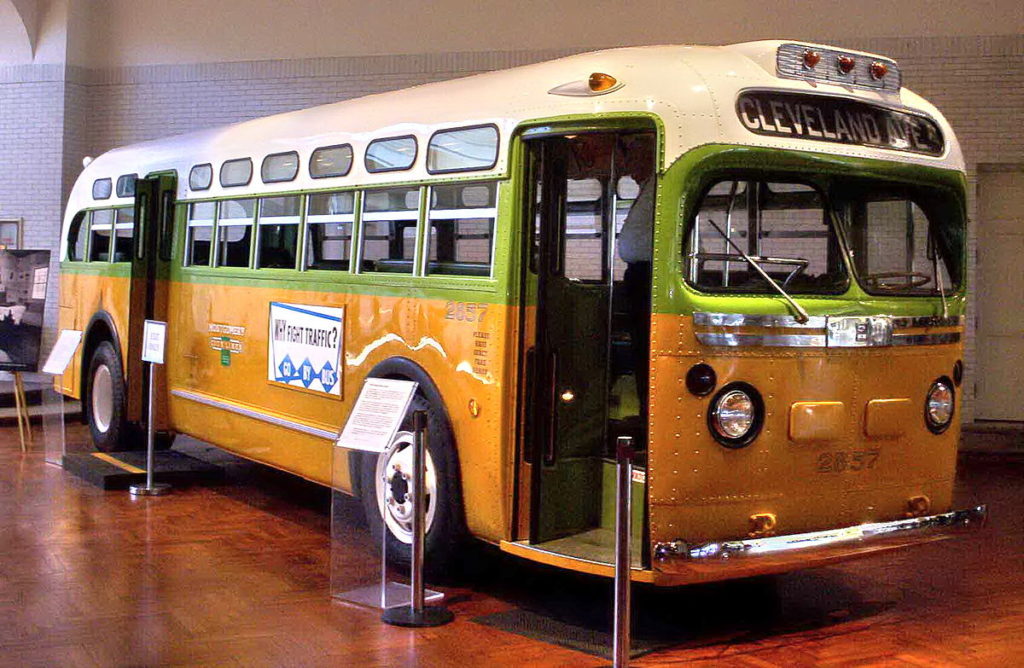
7. Before Her Bus Standoff, Rosa Parks Was an Active Protestor
Before her now-famous 1955 bus standoff, Rosa Parks participated in numerous protests. Since 1943, Parks has been a part of the NAACP and participated in several civil rights education programs, including the Tennessee Highlander Folk School. Parks was a fervent supporter of desegregation and investigated the 1955 lynching of Emmett Till as part of her work with the NAACP. She also participated in Montgomery’s Women’s Political Council, a group working to advance civil rights in the area.
8. Her Bus Standoff Wasn’t Rosa Parks’ First Arrest
Rosa Parks was arrested numerous times in her lifetime, including nine before her now-famous bus stand-off. She had been arrested for participating in various civil rights protests, including a protest outside a courtroom in 1955 when the Montgomery court refused to allow the voting rights of nine African Americans to be registered.
9. Rosa Parks’ Bus Standoff Ignited a Citywide Bus Boycott
On December 1st, 1955, Rosa Parks refused to give up her seat on the Montgomery bus to a white passenger and was arrested. This prompted the Montgomery Improvement Association to call for a boycott of the city’s bus system. Led by Martin Luther King Jr., the city-wide boycott lasted 381 days, crippling the city’s public transportation system.
10. Parks wasn’t the first Black person to give up her seat
Claudette Colvin had done the same nine months prior, and several women had done it before her; therefore, Rosa Parks was not the first black woman to remain seated in her bus seat. Ida B. Wells, an African-American born in Holly Springs, Mississippi, refused to give up her seat on a train on May 4, 1884, only to have white men take her off.
11. The Bus Boycott Lasted for 381 Days
The bus boycott was intended to be a one-day strike, but it turned into a 381-day movement that changed the course of history. During the boycott, the African American community organized carpools, walking groups, and transportation networks to ensure that people could still get to work and school. The boycott was so successful that it bankrupted the city’s bus company, and the segregation laws on buses were eventually overturned.
12. The Boycott Was So Successful That It Bankrupted the City’s Bus Company
The Montgomery bus boycott was a success, and in 1956, the U.S. Supreme Court declared that the segregation laws on buses were unconstitutional, forcing the city’s buses to desegregate. The boycott caused the city’s bus company to go bankrupt, and a new privately owned bus company had to be created.
13. Parks Was Fired From Her Job as a Bus Aide
As a result of the bus boycott, Rosa Parks was fired from her job as a bus aide. Parks had been a longtime employee of the Montgomery bus system, and her firing was seen as a punitive measure in retaliation for her part in the boycott.
14. She Lost Her Home Because of the Bus Boycott
As a result of the boycott, many businesses suffered, and Rosa Parks was one of the casualties. She was forced to sell her home and move to Detroit, leaving her family and the city she had once called home.
15. Rosa Parks Was Jailed for Her Bus Standoff
On December 1st, 1955, Rosa Parks was arrested for refusing to give up her seat on the bus and was taken to jail. She was later released on bail, paid for by the NAACP.

16. Parks filed a lawsuit again the rap duo OutKast.
Parks sued OutKast for trademark infringement and defamation in 1999 because they used her name without her consent in a song about the entertainment industry. The chorus goes, “Ah-ha, hush that fuss. Everyone should relocate to the bus’s rear.“
The Rosa and Raymond Parks Center for Personal Development and Outkast agreed to collaborate on creating educational programs about Rosa Parks’s life. Outkast and their producer and record companies paid Parks an undisclosed monetary settlement. Outkast and the record labels acknowledged there was no wrongdoing.
17. The NAACP Named Parks Their Secretary in 1956
Recognizing her efforts and leadership, the NAACP named Parks their secretary in 1956. Parks was the first female secretary for the Alabama NAACP and oversaw numerous programs to further civil rights for African Americans in the state.
18. In 1999, President Clinton Awarded
In 1999. President Clinton awarded Rosa Parks the Presidential Medal of Freedom, the highest civilian award in the United States. The award was presented to Parks at a White House ceremony in recognition of her contributions to the civil rights movement.
Conclusion
The life of Rosa Parks is a lesson in bravery, conviction, and resiliency. There is much more to her life and impact than the bus stand-off that resulted from her refusal to give up her seat on the bus, which became an iconic moment in the Civil Rights Movement. Her incredible life and bravery in opposing segregation are only partially revealed by the astounding facts in this story. Parks altered the course of history and contributed to a more fair and just future for Americans and other civil rights movement luminaries.


